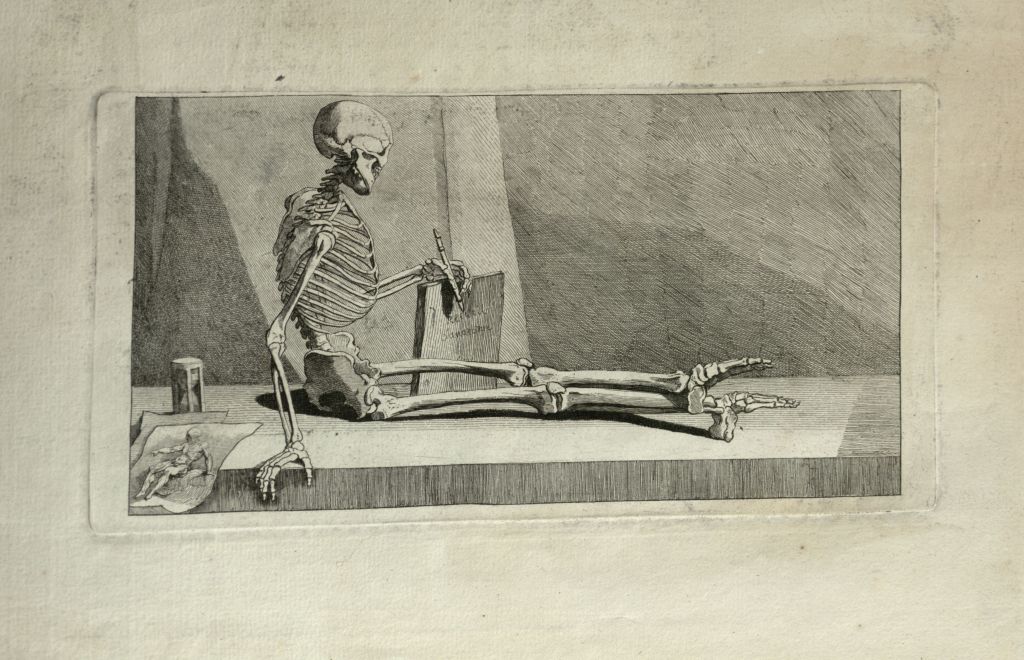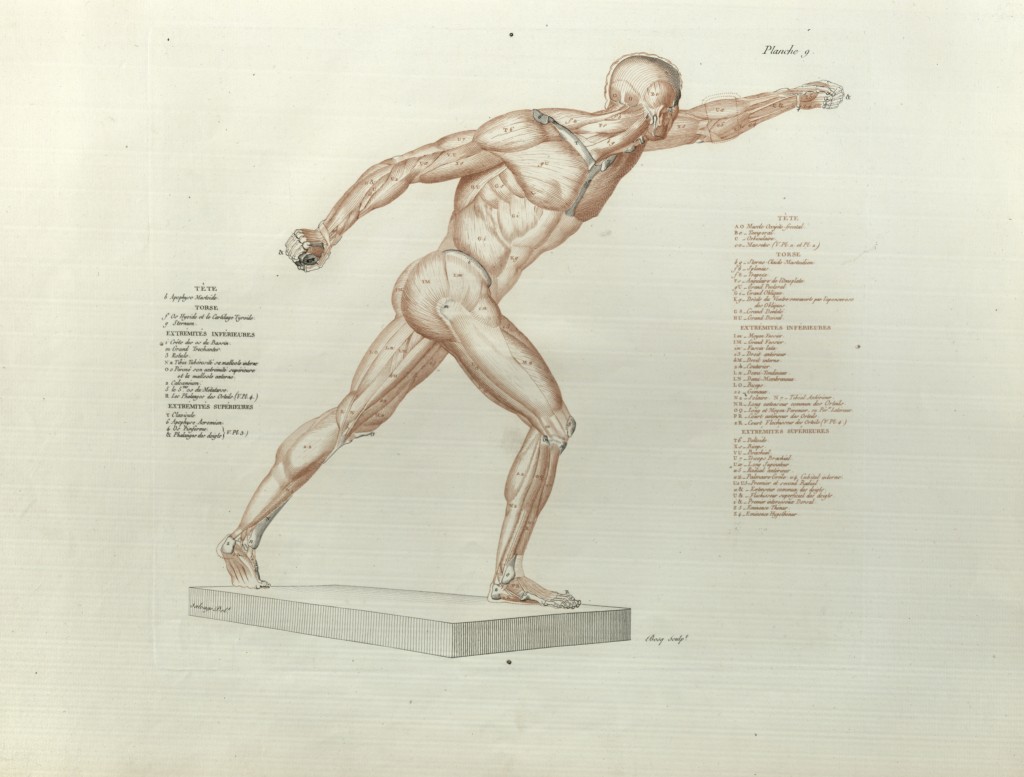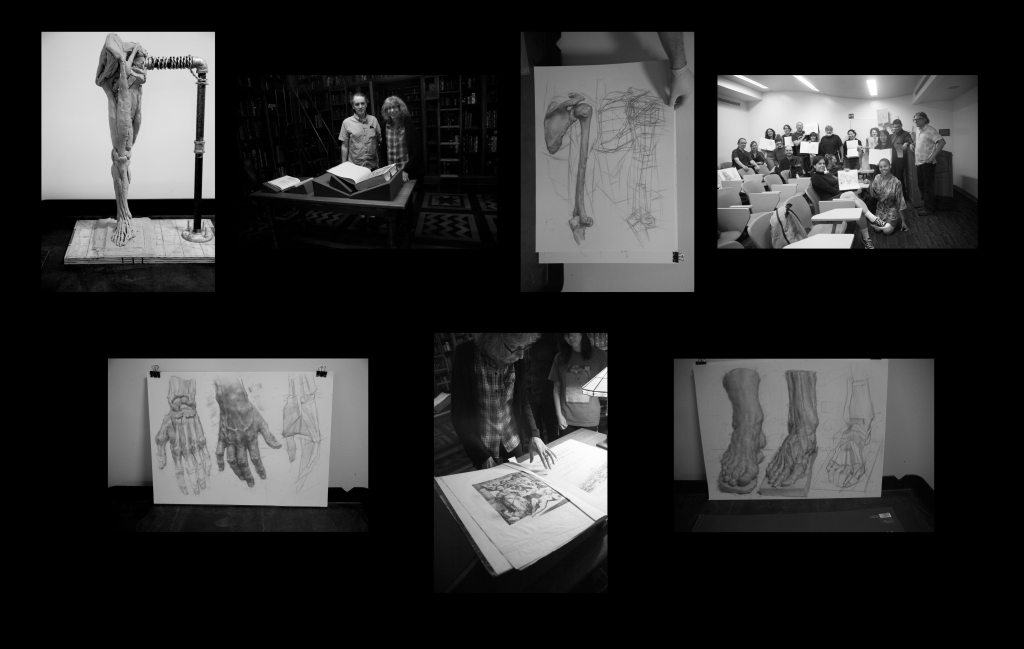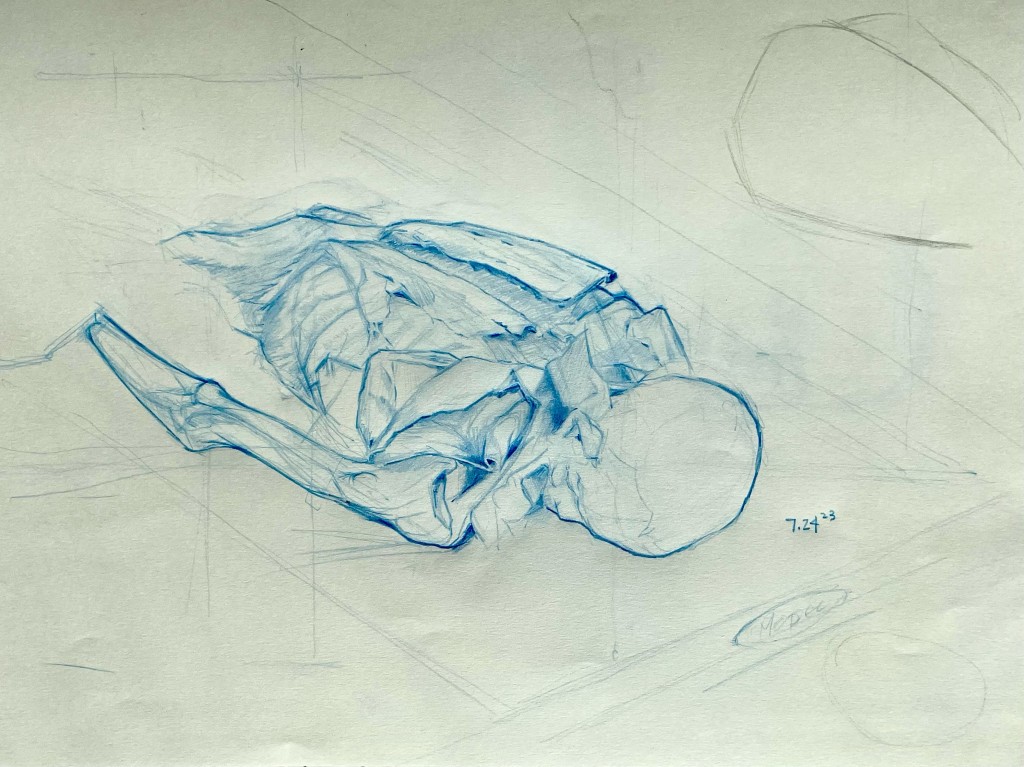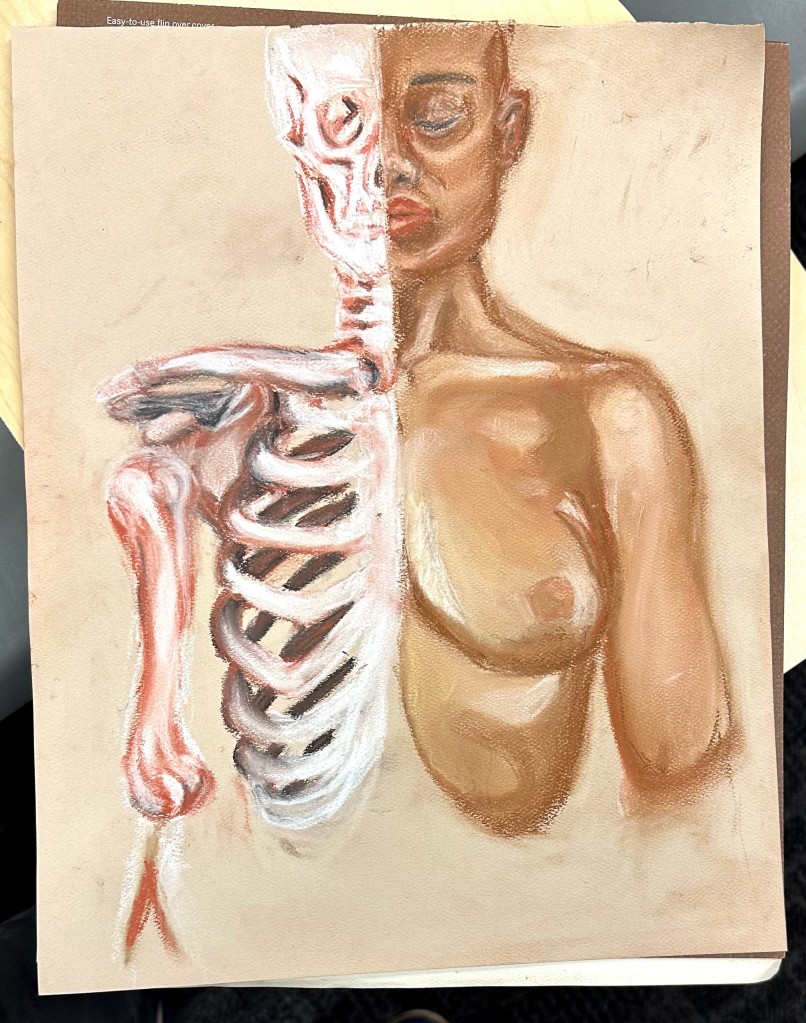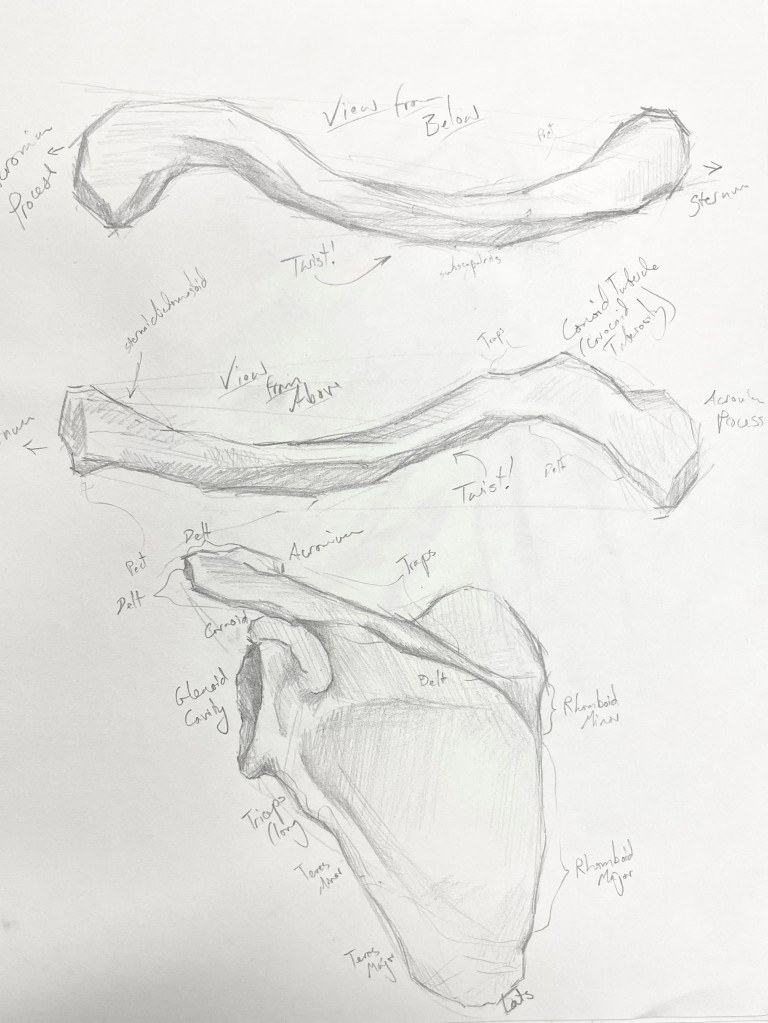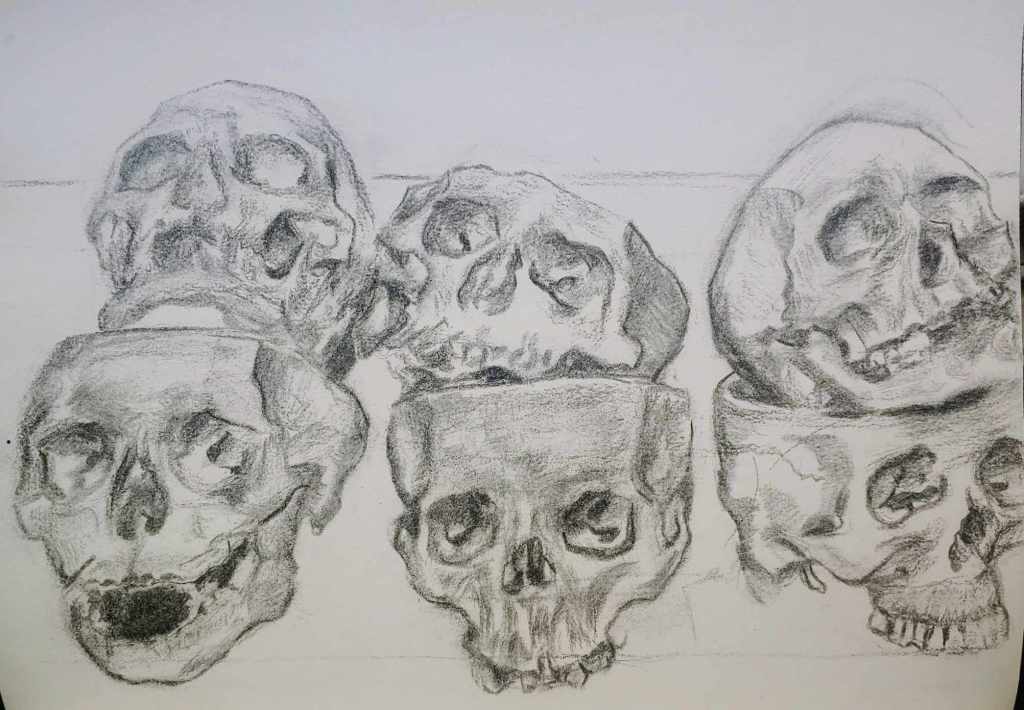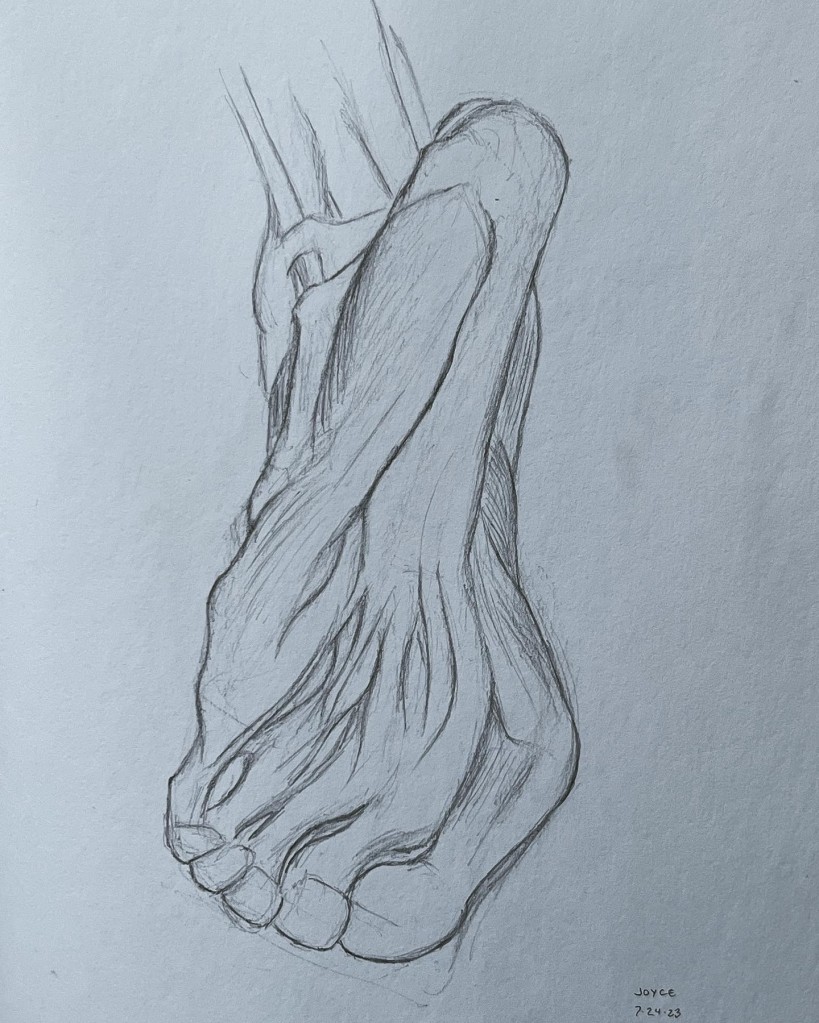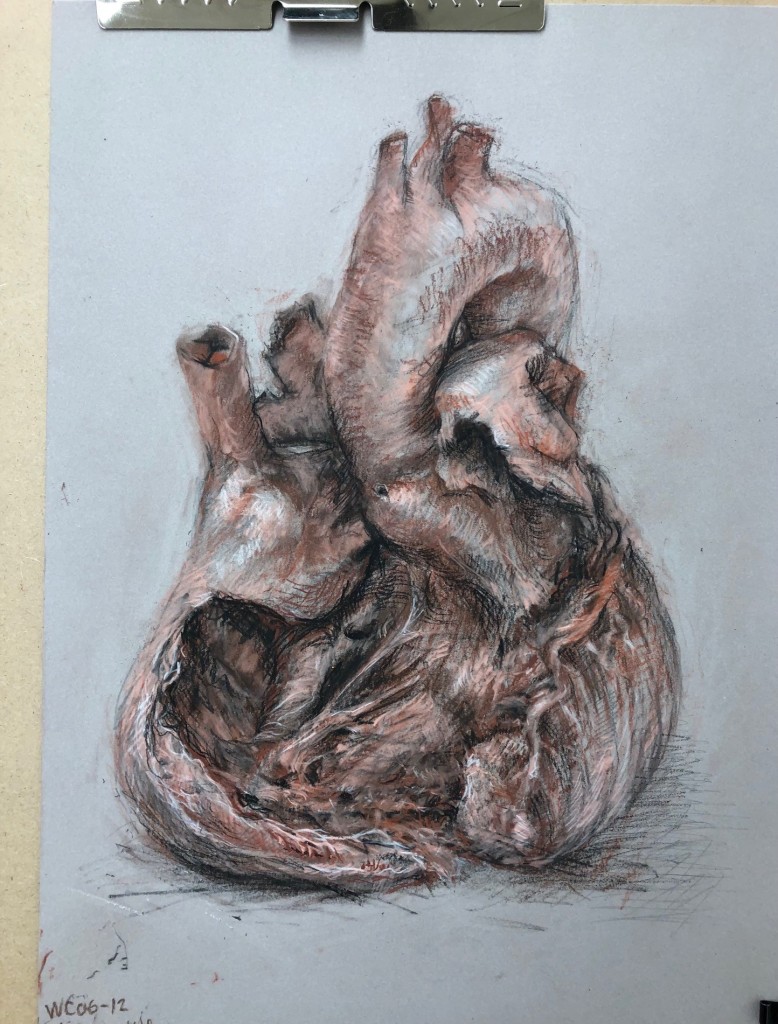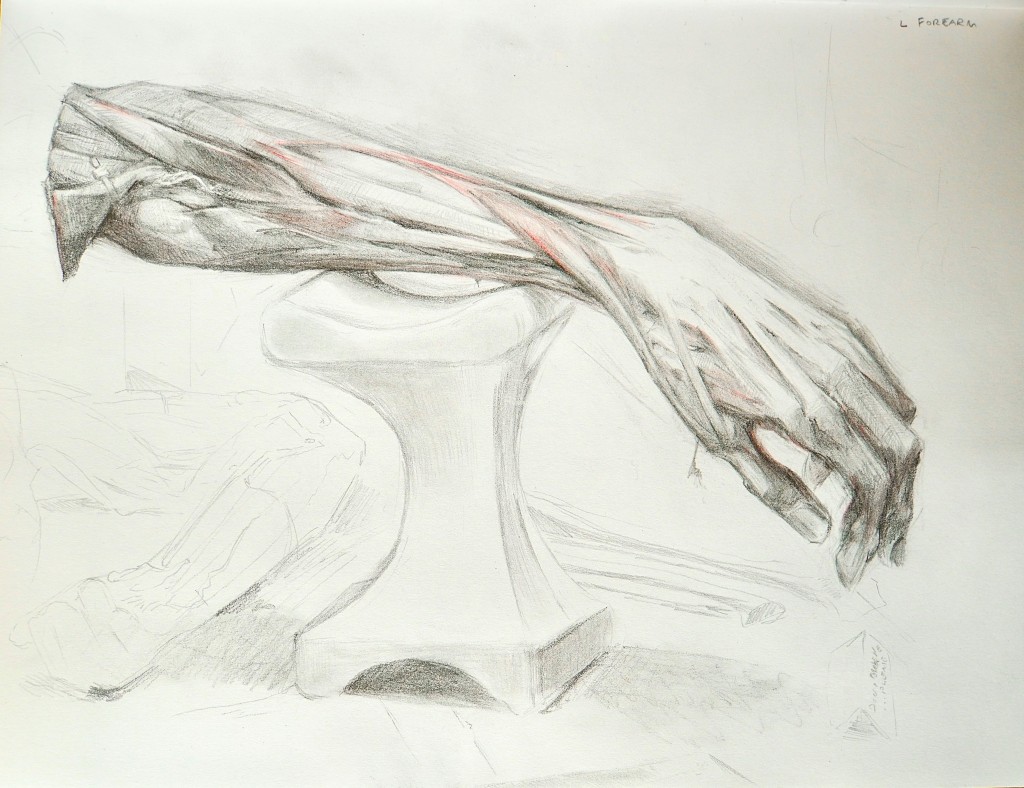By Paul Theerman, Director
The first panel of the AIDS quilt was put together in 1987—this year the Quilt is 36 years old!
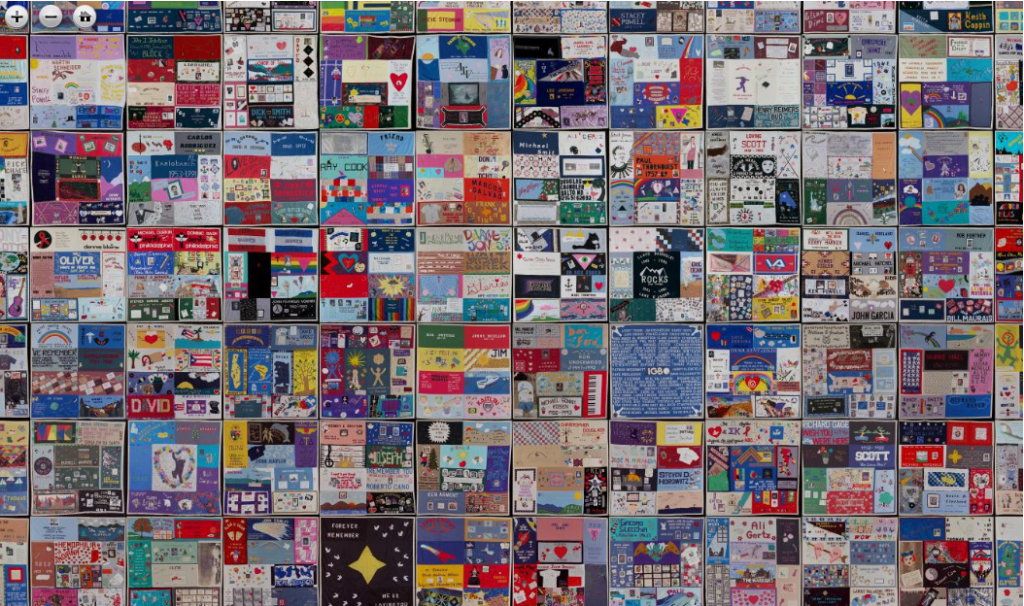
The AIDS Quilt was the brainchild of gay activist Cleve Jones. A protégé of Harvey Milk, the San Francisco city supervisor murdered in 1978, Jones honored Milk’s life and service with candlelight marches through the city. For the 1985 march he saw the ravages that AIDS was making in the gay community and asked that marchers write the names of friends lost to AIDS on posters. Placed on a wall, the posters resembled a quilt; by 1987 the names had been captured in fabric, a traditional way of memorializing people and events. The NAMES Project AIDS Memorial Quilt was born.
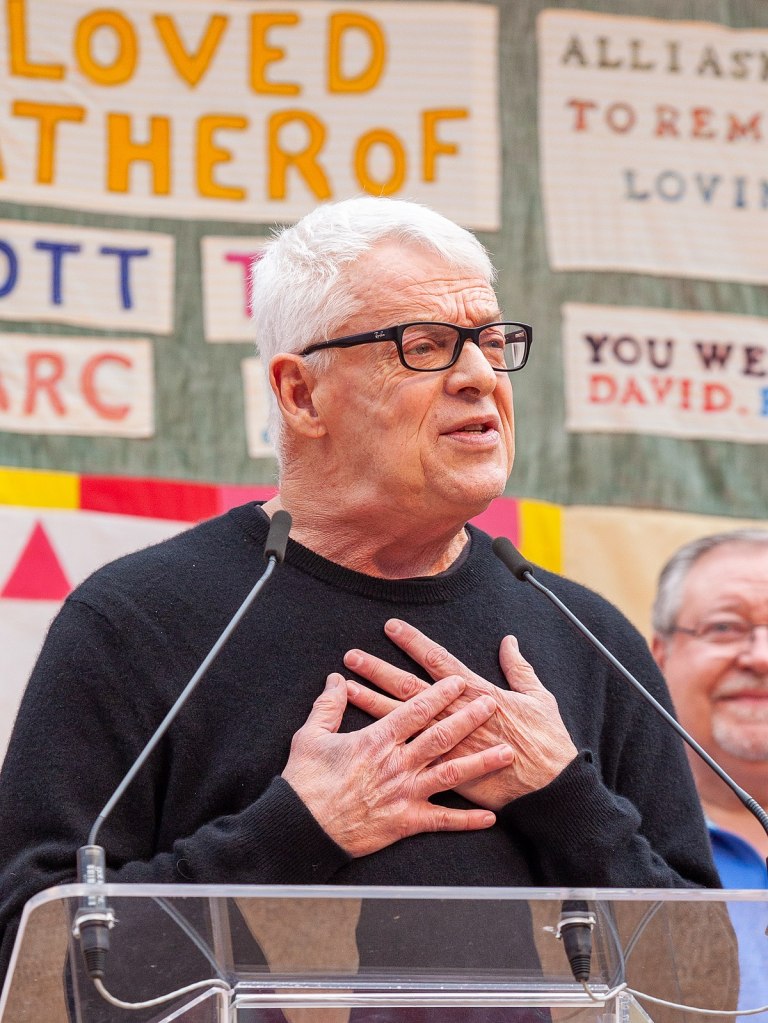
The quilt was first displayed on the National Mall in Washington, DC, on October 11, 1987, and contained 1,920 names—a dramatic demonstration of the terrible effects of the disease, only a few years after it came to public notice. At the quilt’s October 1996 display, it covered the entire Mall and was the last time that the whole quilt could be displayed at once. In the years since the quilt began, it has been exhibited throughout the world, often in connection with World AIDS Day on December 1. Today the quilt contains almost 50,000 panels, representing 110,000 individuals. The National AIDS Memorial in San Francisco is responsible for the quilt, mounts special efforts to address the presence of HIV/AIDS in the Black and Native American communities, and shares the quilt online.


This year, the New York Academy of Medicine is proud to host a portion of the AIDS quilt for World AIDS Day on December 1. We’ll reveal the quilt at our Celebration of the Library on November 29 and exhibit it in the Academy Building throughout December. We hope you can join us to view this sober but also hopeful reminder of how disease devastates communities, and how communities respond, through art, with remembrance and resilience.
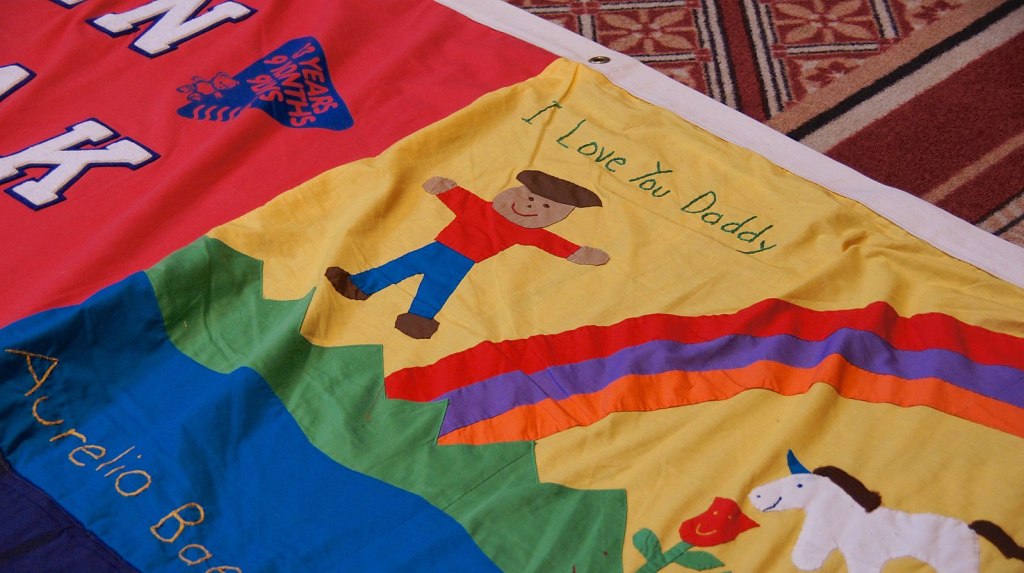
_______
References
“The History of the Quilt,” The National AIDS Memorial, https://www.aidsmemorial.org/quilt-history, accessed November 20, 2023.

